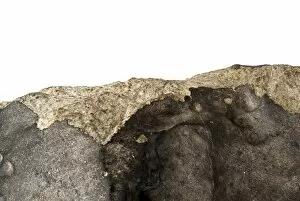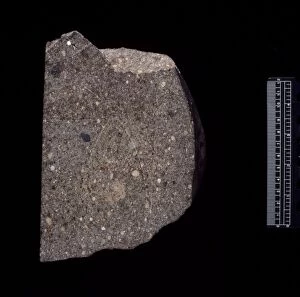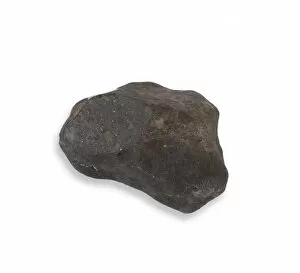Ordinary Chondrite Collection
The Wold Cottage meteorite, also known as the Beardsley chondrite meteorite C016 / 5677
All Professionally Made to Order for Quick Shipping
The Wold Cottage meteorite, also known as the Beardsley chondrite meteorite C016 / 5677, is an extraordinary specimen that has captivated scientists and enthusiasts alike. This ordinary chondrite holds secrets about our solar system's formation and evolution. Discovered in Wold Cottage, England, this celestial rock made its grand entrance from space to Earth millions of years ago. Its impact site at the Wold meteorite landing site still bears witness to this cosmic event. The intricate details of the Wold Cottage meteorite reveal a fascinating story etched within its surface. As we examine this remarkable specimen up close, we uncover a wealth of information about our universe's past. The Beardsley H5 ordinary chondrite classification places it among one of the most common types of meteorites found on our planet. Its composition provides valuable insights into the early stages of planetary formation. But there is more to discover. Let us not forget other notable examples like Parnallee LL3. 6 ordinary chondrite or Brownfield (1973) H3. 7 ordinary chondrite - each with their unique characteristics and contributions to scientific research. These seemingly "ordinary" rocks hold extraordinary significance for astronomers and geologists alike. They offer glimpses into ancient times when planets were just beginning to take shape in our solar system. So next time you gaze up at the night sky, remember that even something as seemingly mundane as an they are unlock mysteries about our cosmic origins – reminding us how truly extraordinary our universe is.
















